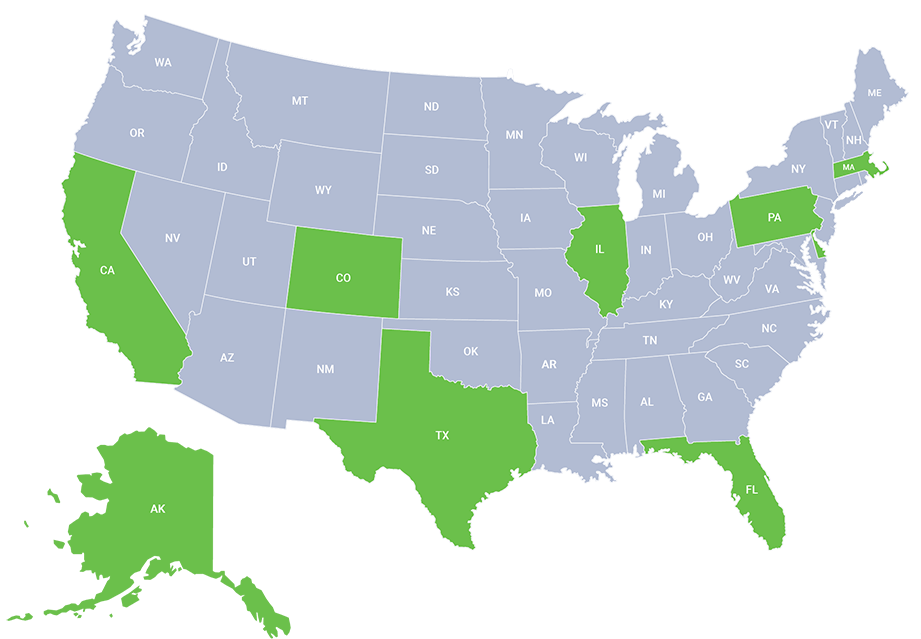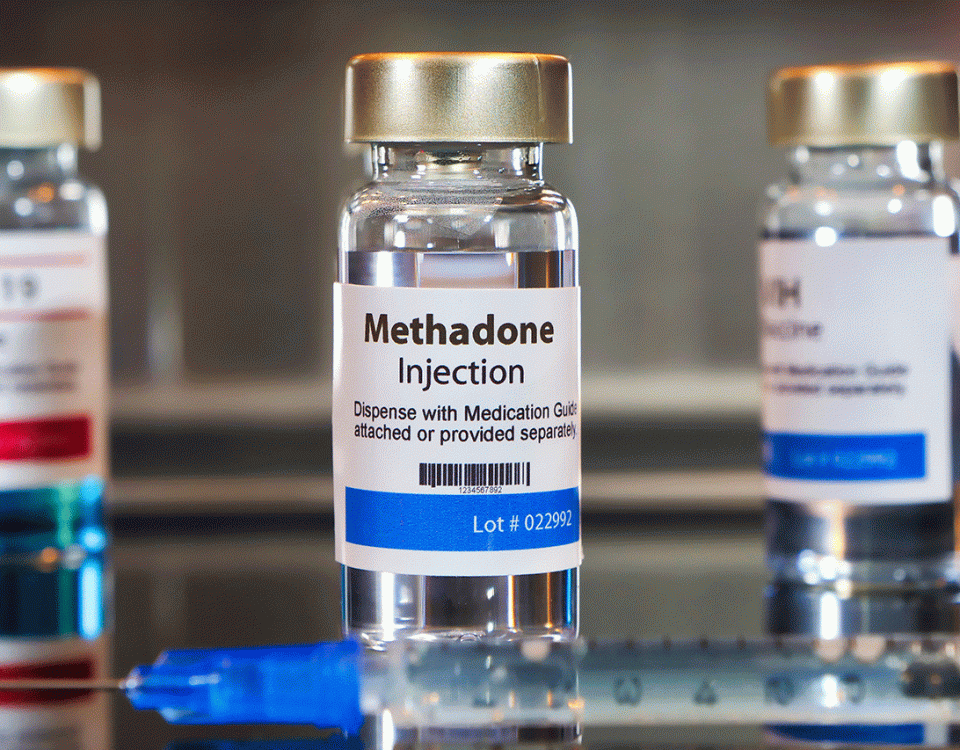Fentanyl is a powerful prescription drug that’s part of the class of drugs called opioids. Up to 50 times more potent than heroin and 100 times more potent than morphine, fentanyl is usually used to treat extreme cases of pain. Although fentanyl is only intended for prescription use, its abuse has risen in recent years as it has become a more commonly sold street drug. This medication-turned-cutting agent is now being used for lacing all kinds of drugs and being sold individually to people looking for a deep and quick high. But what happens when the supply runs out and fentanyl withdrawal hits?
Questions about our Facilities or Programs?
Our admissions coordinators are available 24/7 to answer any questions you may have as you consider whether treatment at Banyan is right for you or your loved one.
What Is Fentanyl Withdrawal?
Fentanyl patches are meant to be used by people who are already tolerant of other opioid drugs and require 24-hour pain management. Cancer patients are commonly prescribed fentanyl for their pain, which comes in transdermal patches (Duragesic), a lozenge called “lollipops” (AQTIC), and an injectable solution (Sublimaze).
Opioid tolerance occurs when someone takes an opioid drug for long periods, and it eventually stops working the way it did when they first took it. When this happens to people with severe pain, their pain may resurface, and they may have to switch to a higher dose or a different pain killer to experience relief. Once tolerance has developed, and higher doses are taken, opioid dependence usually isn’t too far behind.
When opioids are taken consistently, the chemical balance in the brain shifts as the drug attaches to opioid receptors in the central nervous system and changes neurotransmitter levels. These are chemical messengers used by brain cells to communicate with each other. Like other opioids, when fentanyl attaches to receptors in the body, pain signaling stops, alleviating the individual’s symptoms.
However, not only does pain ease, but taking high enough doses of fentanyl can lead to a euphoria and sedative high, which is a common result of opioid abuse. Opioids impact dopamine levels in the brain, inducing the release of the chemical and allowing it to flood the brain. As a result, the combined effects of pain relief and elevated dopamine levels make opioids highly addicting.
Long-term use of opioids leads to physical dependence, meaning the brain will no longer be able to produce the neurotransmitters at necessary levels on its own and instead relies on fentanyl to function. If the drug is suddenly removed, then that’s when withdrawal kicks in.
Fentanyl withdrawal is the body’s reaction to a sudden reduction in or lack of the drug. Withdrawal symptoms occur as the brain struggles to restore the chemical balance and function impacted by the drug. While physical symptoms can feel like the flu, psychological symptoms can be just as challenging to cope with. Fentanyl dependence can occur to anyone, whether it’s being taken medically or recreationally.
Fentanyl Withdrawal Symptoms
The withdrawal symptoms of fentanyl can set in when someone dependent on the drug hasn’t had a dose in a few hours or has drastically reduced their use. Generally, opioid withdrawals are known to be unpleasant, which is why individuals who are quitting opioids or attempting to cut back on their medications undergo medically monitored detox or follow a tapering schedule set by their physicians.
Common fentanyl withdrawal symptoms include:
- Aches, pains, and spasms
- Anxiety
- Backache
- Body hair standing on end or bristling
- Chills
- Depression
- Diarrhea
- Elevated heart rate
- Excessive yawning
- Exhaustion
- Hypertension
- Increased respiratory rate
- Insomnia
- Intense cravings
- Mood swings
- Muscle weakness
- Nausea and/or vomiting
- Pain in joints and/or muscles
- Problems with memory or cognition
- Pupil dilation
- Restlessness
- Runny nose
- Stomach pain and upset stomach
- Sweating
- Tearing up
It is not safe to go cold turkey when withdrawing from fentanyl. The safest way to withdraw from fentanyl is with the help of medical professionals. Our Milford treatment center offers opioid and prescription drug detox in Delaware, in which clients receive 24-hour care and supervision as they’re slowly tapered off opioids. If you want to quit fentanyl or any other drug, reach out to us for help.
How Long Does Fentanyl Withdrawal Last?
Fentanyl withdrawal symptoms usually begin within 12 to 30 hours after the last dose of the drug is taken. The patch form of fentanyl is an extended-release medication that gradually releases the drug into the body for 12 to 14 hours, lasting up to 72 hours in total. For people who use the patch form of fentanyl, withdrawal may begin around a day or so after taking it off.
The fentanyl withdrawal timeline may vary depending on the form of the drug taken. The frequency and duration of use also play major roles in how quickly withdrawal symptoms set in and how long they last. The longer someone has used fentanyl and higher doses, the quicker and more severely they’ll experience withdrawals.
Fentanyl withdrawal symptoms usually peak or are at their worst after about three days and subside over the course of a week. Post-acute symptoms persist beyond acute withdrawal and may last weeks to months. These may include sleep problems, anxiety, anhedonia, and dysphoria.
Getting into treatment is easy with our free insurance verification
"*" indicates required fields
Can You Die from Fentanyl Withdrawal?
Yes, you can die from fentanyl withdrawal if medical treatment is not received. It’s normal for people going through opioid withdrawal to experience excessive vomiting and diarrhea, which can lead to dehydration, hypernatremia (elevated blood sodium level), and eventually heart failure. However, opioid withdrawal death is preventable if the individual receives medical care.
Treatment for Withdrawal from Fentanyl
Especially considering the rise in opioid abuse and overdose cases in the country, it’s important for the proper medical services to be set in place to treat individuals with opioid use disorders. With that said, our Milford rehab offers medical detox for all types of prescription and illicit substances that can help you or someone you care about safely recover from drug abuse.
From treatment for physical symptoms to various therapy programs for psychological symptoms, our facility offers various levels of care for substance abuse treatment to help people overcome addiction and achieve happier and healthier lives.
Call Banyan Treatment Center Delaware today at 888-280-4763 for more information about our services and how to get started.
Related Reading:
Fentanyl Drug Bust Ends in 5 Arrests
How Long Does a Fentanyl High Last?









